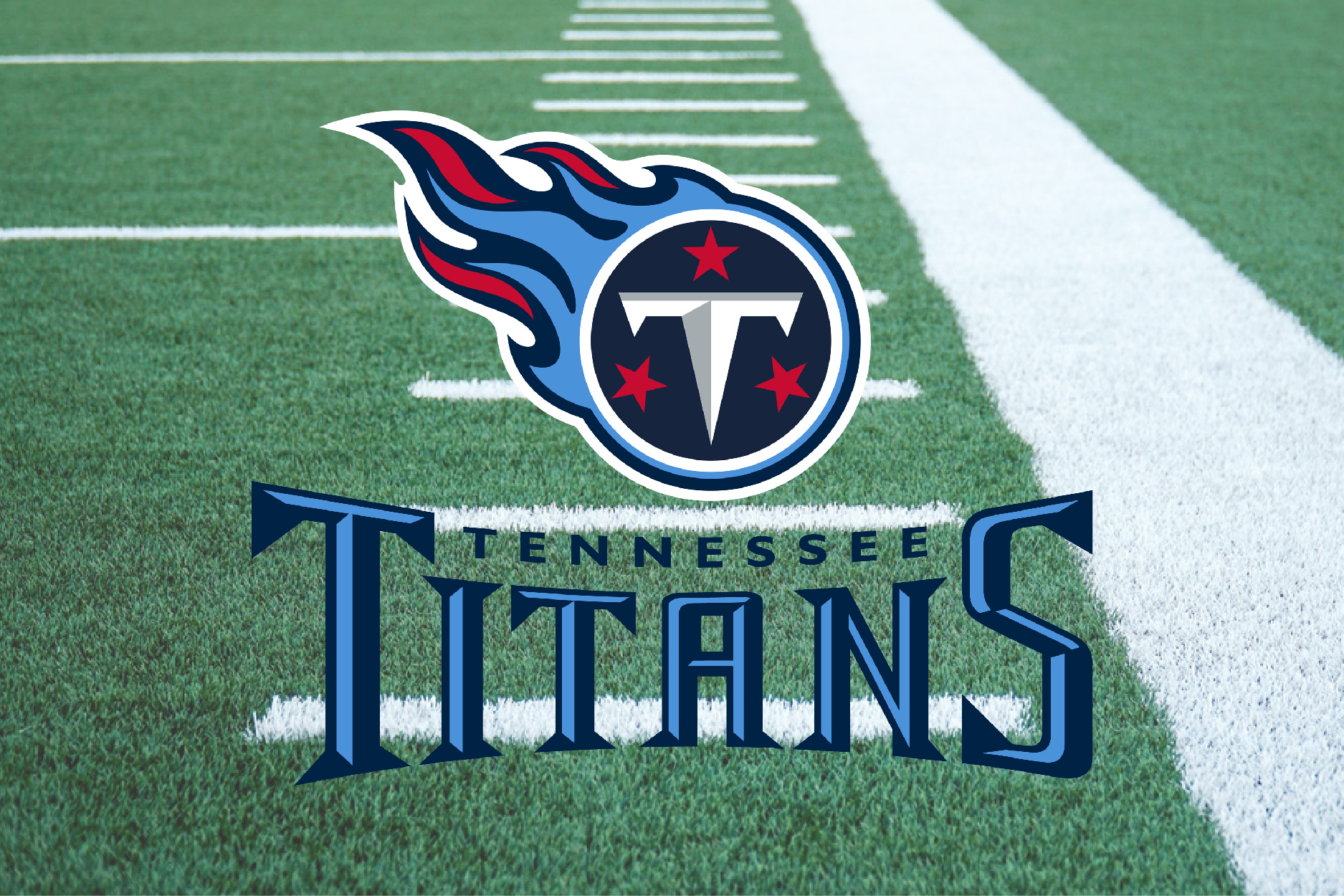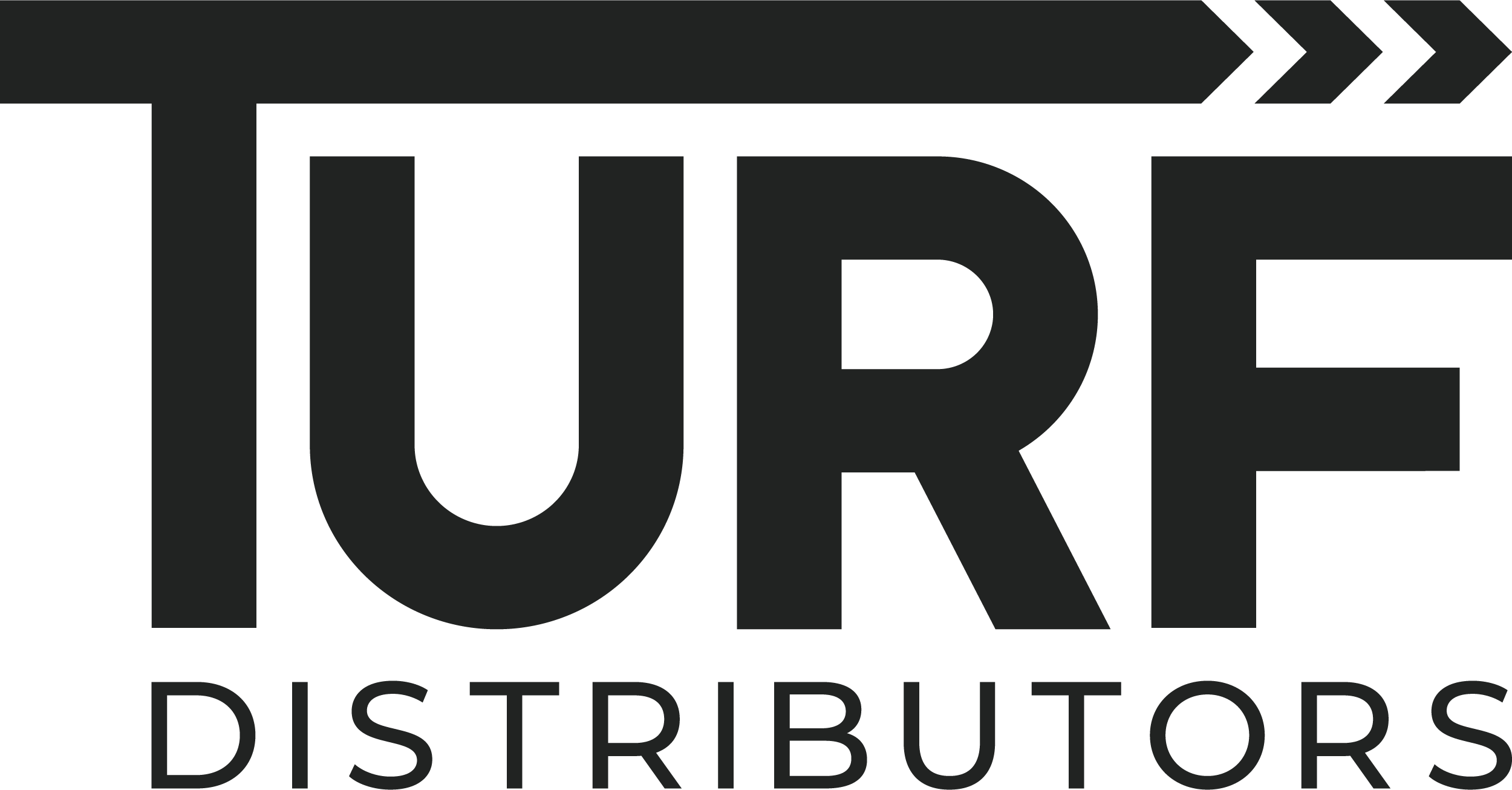
The Titans are switching to artificial turf! Below we break down the insights which led to this decision and the technology Tennessee will be using. Let’s dive in!
The Problem:
Throughout their franchise’s history, natural grass has caused nothing but headaches for the Titans. Nashville exists in a transition climate zone, which makes growing a consistent natural grass surface throughout the entire NFL season almost impossible. The result is an inconsistent playing surface that bogs down performance and increases the chance of injury. “Looking at statistics from the 2018-2021 NFL seasons, Nissan Stadium had higher lower extremity injuries than each of the monofilament synthetic turfs in the league,” says Jim Wyatt, senior writer for the Tennessee Titans.
A packed IL crippled the Titan’s 2022 season — so now they’re making the switch to artificial grass! “There is nothing more important than the health and safety of our players,” says head coach Mike Vrabel. “We’ve had a lot of issues after a certain part of the season. It’s hard to grow grass. It gets slick. We put new turf down, we try and put new sod down and it’s slick, you see guys slipping. Those are real things that I’ve witnessed over my time here.”
The Solution:
“Ultimately we’ve landed on the decision, based on that data, to transition to a monofilament surface with an organic infill that mimics the natural feel of grass while getting the consistency and durability of field turf,” Burke Nihill, Titans president and CEO
Turf technology is only getting better, and the injury gap between real and artificial grass is getting smaller. For certain types of injuries, artificial turf is actually safer than natural grass, a point which was made painfully clear by the Titans last four seasons.
There’s also reason to believe that organic infill will improve consistency and player safety. Organic infill offers the feel and performance of natural soil. It also keeps field temperatures 20°- 40° cooler, reducing player fatigue. This fall, Nissan Stadium will become the first NFL stadium with the technology of a synthetic turf system that incorporates organic infill.
“Ultimately we’ve landed on the decision, based on that data, to transition to a monofilament surface with an organic infill that mimics the natural feel of grass while getting the consistency and durability of field turf,” Titans president and CEO Burke Nihill said.
Tennessee’s Turf
Nissan Stadium will use sports turf featuring a monofilament design and organic infill. Well what does that look like?
The most popular type of organic infill uses zeolite, the key ingredient in ZeoFill. Zeolite infills can keep artificial grass 20 degrees cooler. They’re non-toxic, pet and kid-friendly, and offer a similar feel underfoot as lawns planted in soil.
Nissan Stadium’s new turf will feature a monofilament design, meaning the field will be composed of slim, straight blades that look and feel similar to natural grass. This differs from slit filament blades, which are also popular for sports turf. Slit filament blades have a web-like design that can handle heavy use and prevents infill migration, reducing maintenance costs. To get the best of both worlds, we recommend using a mix of slit and monofilament, as seen in Turf Distributors’ Eco 59 Silver Hybrid.
